Many people have written histories of Science Fiction, including Anthony Gramuglia, Robert J. Sawyer, and (in infographic form), the artist Ward Shelley. What follows is my version.
I split SF history into five ages. For each age, I’ll give the years covered, some characteristic aspects, how the age reacted against the previous age, and a list of representative authors. The timeframe for each age is approximate; within each, some authors wrote works hearkening back to the age before, and some presaged the age that followed. My lists of authors are short and therefore incomplete. I’m only discussing text works here; the history of SF in movies tended to lag behind that of written works. Here we go:
Age of Wonder
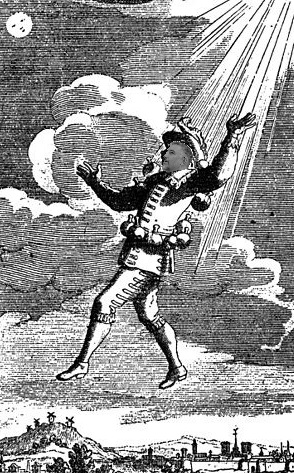
This covered the time before the year 1800. There were few works, and they tended to involve pseudo-science and took place in exotic settings. They used magic or unexplained methods to convey characters to those settings, and often the character was a chance traveler and passive observer. Representative authors included Lucian of Samosata, Johannes Kepler, Cyrano de Bergerac, Margaret Cavendish, and Voltaire.

Age of Science
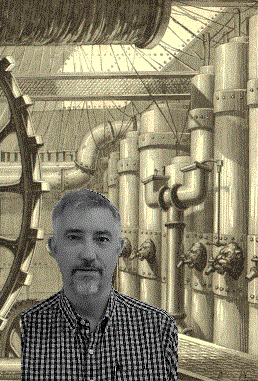
This age spanned from 1800 to 1920. With the advent of the Industrial Age and the Scientific Method, authors incorporated scientists actively discovering or inventing, and then exploring in their steam-driven machines. The settings were exotic, but more realistically described. This age rejected the magic and chance of the Age of Wonder, and highlighted the scientist deliberately creating his invention. Representative authors included Mary Shelley, Edgar Allan Poe, Jules Verne, H.G. Wells, and Edgar Rice Burroughs.

Age of Engineering
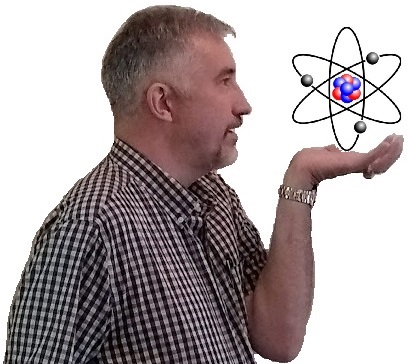
Covering the years 1920 to 1980, this age exploded the genre with a lot more authors and stories. It was the age of aliens, robots, space opera, pulp fiction, atomic power, and mad scientists. Aimed at a largely white male audience, the heroes were often white male engineers who reasoned out the problem using science, rescued the woman, and saved the universe. This age rejected the primitive naiveté of the Age of Science, updating it with the latest rocketry inventions and astronomical/nuclear discoveries. Authors included Robert A. Heinlein, Arthur C. Clarke, Isaac Asimov, Ray Bradbury, and Larry Niven.

Age of Punk
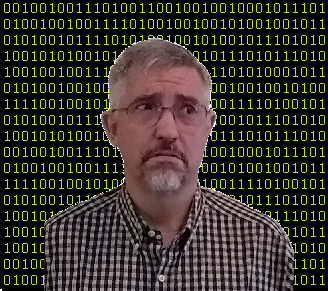
This age ran roughly from 1980 to 2010. It explored the consequences of computers and artificial intelligence, often with dystopian results. It gave us numerous alternate universes, epitomized by cyberpunk, steampunk, and many other punks. Female writers proliferated. Heroes were less often white males, and antagonists had backstories and motivations beyond pure evil. It reacted against the Age of Engineering by including racial and feminist themes, and warning against the hubris of over-engineering. Representative authors included Philip K. Dick, Ursula K. Le Guin, Connie Willis, William Gibson, and K. W. Jeter.

Age of Humanity
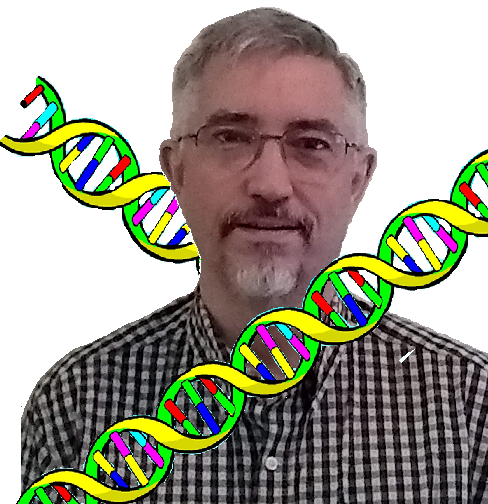
Spanning from about 2010 to the present, this age turns inward more than any previous age. It’s about humanity in all its variants, and less about exotic settings. More than just women and blacks, we see LGBTQ authors delving into the future and consequences of sexual options. This is science fiction about biology and climate change. It includes mundane science fiction taking place in our solar system, without extraterrestrials or faster-than-light travel. Reacting against the negativity of the Age of Punk, it’s more a positive celebration of what it is to be human. Representative authors include Neal Stephenson, Melissa Scott, Robert J. Sawyer, Ted Chiang, and Charlie Jane Anders.
Age of…?
What’s next? I don’t know. Perhaps the next age of Science Fiction will be created by someone reading the blog posts of—
Poseidon’s Scribe
